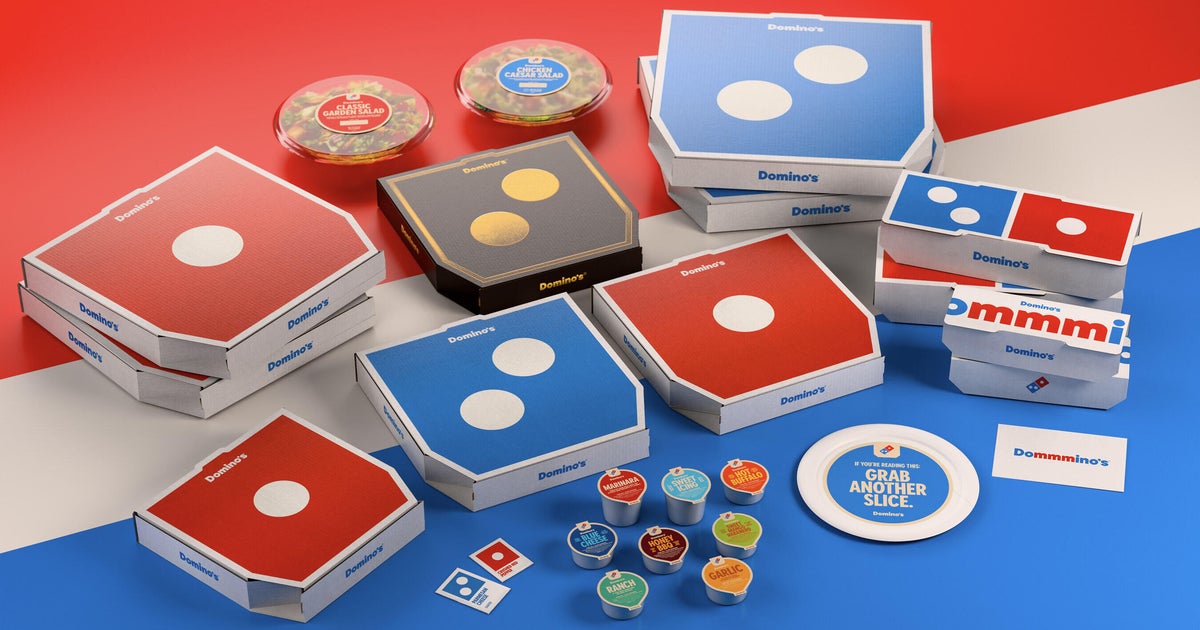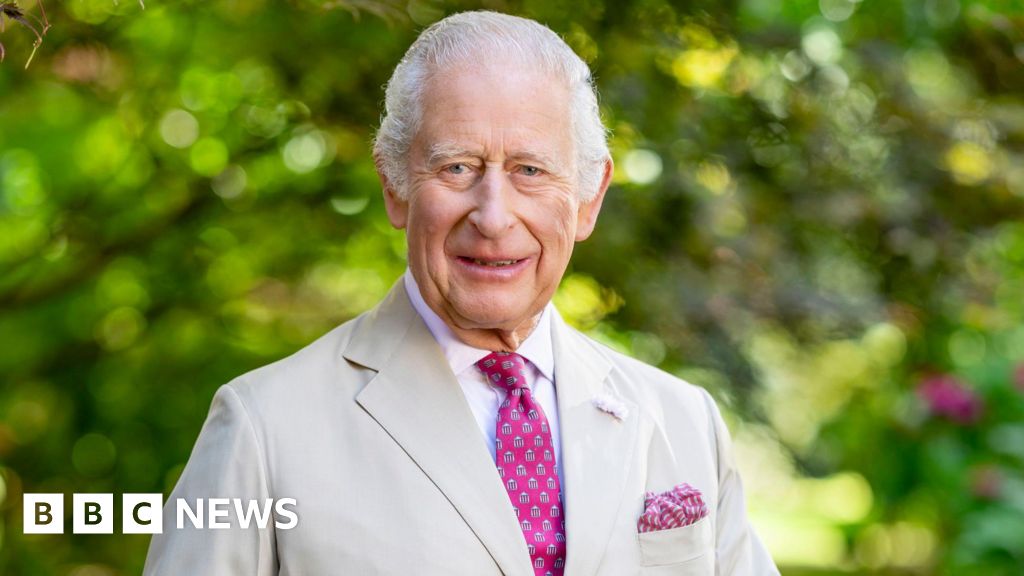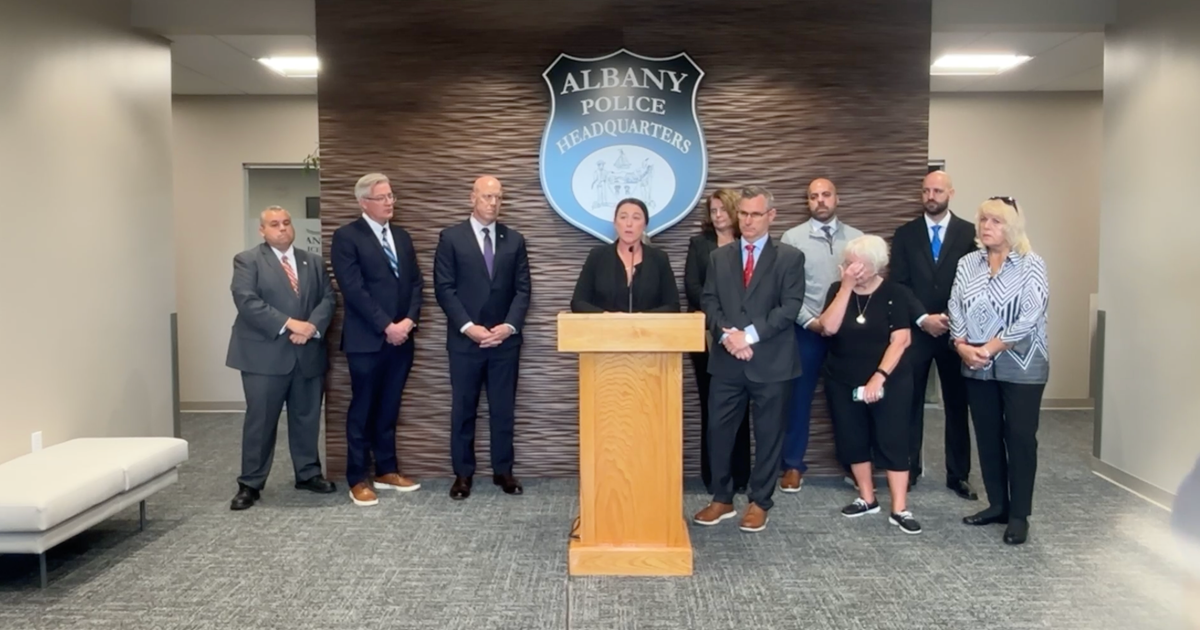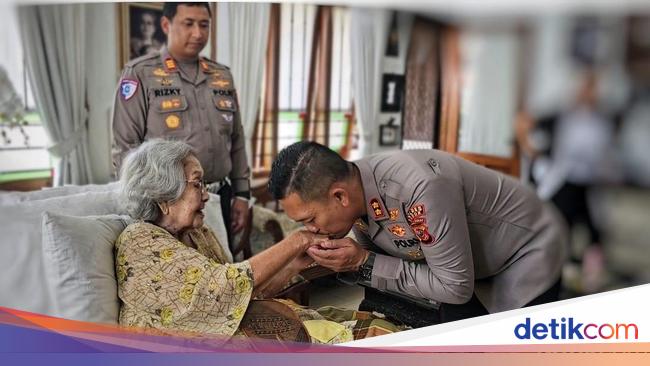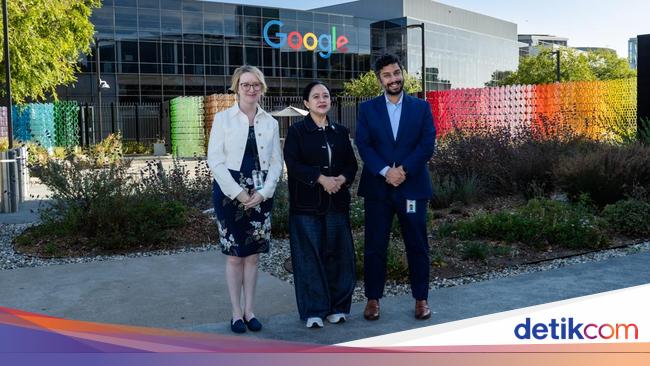By Mercedes Maguire
July 8, 2025 — 2.00pm
Thousands of people queued to catch a glimpse of the unidentified body of the murder victim known only as the Pyjama Girl. She had been put on display in a bath filled with formalin at the University of Sydney in the hope her preserved body would be identified by a member of the public.
It was the 1930s and the Pyjama Girl mystery was the biggest story in Australia. Everyone wanted to know: who was she and who killed her?
We like to think our obsession with true crime is a modern-day phenomenon, one buoyed by the relentless flow of podcasts, newspaper headlines, television documentaries and true crime special events.
But experts say all that has changed is the way in which we consume dark tales of murder and mayhem.

Joslyn Cataldo (left) and Rachel Hartney (right) share a passion for true crime stories.Credit: Kate Geraghty
The Mushroom trial – in which Victorian mother Erin Patterson has been found guilty of murdering three family members and attempting to murder a fourth – is the latest grisly tale and the public, both in Australia and overseas, can’t get enough. Patterson pleaded not guilty to all charges and has always maintained her innocence.
During the 10-week trial, there has been not one, but four, podcasts delivering daily updates of the courtroom drama taking place in Morwell, Victoria; media outlets streamed online updates all day long and television news programs led with the key moments morning, noon and night – all for the voracious appetite of the consuming public.
Loading
“The mechanisms for giving us access (to true crime stories) have changed,” says forensic criminologist Xanthe Mallett. “But if you look at Jack the Ripper, for example, you had those penny dreadfuls, or stories published in weekly parts, that were the precursors to the true crime documentaries and podcasts.
“They’ve always existed.”
Jossy Cataldo, 39, and Rachel Hartney, 33, bonded over true crime when they met seven years ago. The women from Sydney’s western suburbs are always discussing cases, documentaries they have watched or new podcasts they have discovered.
“We are so into it that I was trying to talk Joss into starting a podcast together,” says Hartney.
“I’ve just always been fascinated by the psychology behind crimes and what makes someone do such horrific things.”
True crime is now a multi-billion dollar business. The most common reasons people give for tuning in is an interest in the psychology behind criminal events.
But psychologists think there is a deeper reason humans, particularly women, are drawn to these dark stories.
“In society, women are really punished for being angry, aggressive or for fighting back so consuming true crime content can be a safe outlet for them,” says psychologist and author Meredith Fuller. “It’s a safe way of accommodating and acknowledging our own feelings of rage, anger and resentment. And it can be a safe way of learning how to stay safe in a – let’s face it – unsafe environment for women.”
But can too much consumption be harmful?

True crime fans line up outside the court during Erin Patterson’s trial on June 3.Credit: Jason South
“The question of where to draw the line is an interesting one,” says Melbourne-based clinical psychologist Ben Buchanan. “People can become obsessive or preoccupied with all manner of things, like their appearance, or work, for example. The problem exists if they are focusing on something at the total exclusion of other things in their life.
“What we pay attention to goes towards framing our view of the world and if you are only paying attention to the things that go wrong, you can start to think it will happen to you. In anxious people, that can cause them to withdraw.
“But there is a fine balance because some caution can help keep you safe, or make you less vulnerable.”
In Australia, true crime is the most popular podcast genre with 45 per cent of the content devoted to it, according to a report by On Device. Four of the top 10 podcasts on the Apple charts are about true crime.
While the interest is stronger than ever, one thing that has changed, says Mallett, is the ethics of reporting certain crimes, especially when it comes to how victims are portrayed. She says these days, true crime storytelling focuses more on the victims and honouring them than on making perpetrators the focus of stories.
“An ethical question also is ‘whose story is it’?” says Mallett. “There are plenty of podcasts where some family members have been really supportive and influential in the making of it whereas other family members wouldn’t want that story being told.
“To me, if there’s a strong enough reason to do it – telling that victim’s story to try to progress that case, help that victim get an answer, bring somebody to justice – there is a justification.
“If it’s just pure voyeurism, then I think that’s just inappropriate and disrespectful.”
Make the most of your health, relationships, fitness and nutrition with our Live Well newsletter. Get it in your inbox every Monday.
Most Viewed in Lifestyle
Loading


